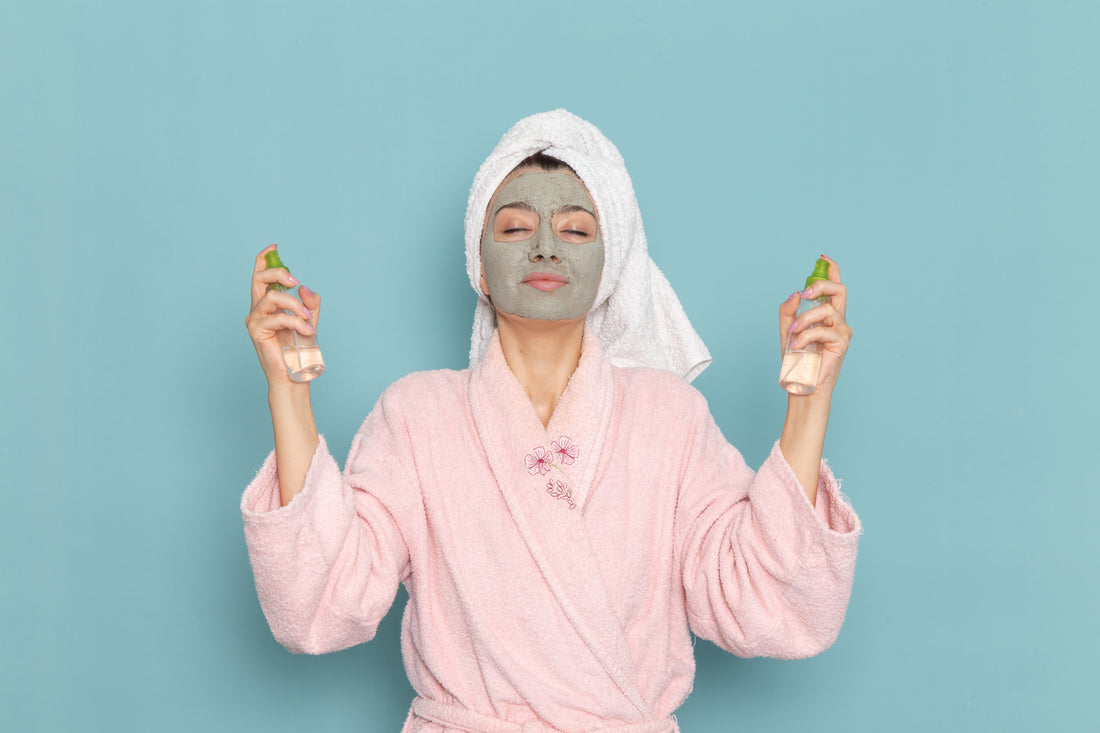Master Korean & Japanese Skin Care Routine for Better Skin
Master Korean & Japanese Skin Care Routine for Better Skin
Blog Article
Korean and Japanese skincare routines have captivated global audiences, celebrated for their meticulous (and often complex) processes, soothing ingredients and unwavering dedication to enduring skin health. However, although both traditions prioritize hydration, nourishment and protection, they reveal distinct philosophies and techniques that render them exceptional. This exploration of these two skincare practices elucidates how one might effectively integrate their methods into a modern beauty regimen. Understanding the philosophies underpinning Korean and Japanese skincare is essential to truly appreciate the nuances of their approaches, because it provides invaluable insights into their effectiveness.

Korean Skin Care Philosophy
Korean skincare (which has attracted considerable attention) emphasizes both prevention and hydration: it highlights the pursuit of a dewy, glass-like complexion. The regimen usually entails numerous steps—however, it consists of various lightweight layers designed to adequately nourish the skin. Natural ingredients such as green tea, snail mucin and ginseng are frequently utilized to enhance hydration (this is crucial) and foster youthful skin. Although some people might view it as complicated, the benefits are clear because the outcomes can be remarkably impressive.
Japanese Skin Care Philosophy
Japanese skincare, in stark contrast, emphasizes simplicity and purification. The ultimate goal is to achieve clear, radiant (and) mochi-like skin—soft, plump and alluring. Frequently, Japanese beauty products incorporate ingredients like rice bran, seaweed and fermented extracts, which gently illuminate and restore the skin's natural balance. However, this method diverges significantly from others. Although minimalism is the primary focus, it remains effective because it carefully nurtures the skin. A comprehensive guide to Korean and Japanese skincare routines consists of: 1) cleansing, 2) hydrating and 3) protecting.
The Korean 10-Step Skin Care Routine
An oil cleanser exhibits significant effectiveness (particularly in its ability to remove makeup and excess sebum); however, a water-based cleanser penetrates the skin more deeply, thus effectively eliminating lingering impurities. Exfoliation is generally recommended (approximately) two to three times each week, because it promotes the removal of dead skin cells and markedly improves texture. The toner prepares the skin for optimal absorption of subsequent products, which is essential for attaining the best results. Essence contributes to hydrating the skin while facilitating its regeneration process. Simultaneously, a serum or ampoule directly targets specific skin concerns, such as acne, wrinkles, or pigmentation issues. Although using a sheet mask is not mandatory, incorporating it two to three times a week can provide intense hydration and nourishment. Eye cream is vital for reducing fine lines and dark circles; this is primarily due to a high-quality moisturizer that ensures hydration is preserved and establishes a protective barrier. Ultimately, sunscreen is indispensable during daylight hours, as it aids in preventing sun damage and premature aging.
This thorough regimen underscores (the importance) of each product in the quest for healthy skin. However, one must consider that not all products yield the same results. Although many individuals invest time and effort into their skincare, achieving optimal results can be rather difficult. This is mainly because skin types vary significantly (thus requiring) customized strategies. Nevertheless, understanding the role of every item is essential in this endeavor.
The Japanese 5-Step Skin Care Routine
Double cleansing entails the initial application of an oil cleanser (which is subsequently followed by) a foam cleanser to thoroughly eliminate impurities; however, lotion—frequently regarded as a softener or toner—serves to hydrate and prepare the skin. Essence or serum provides active ingredients that specifically target various skin concerns. Moreover, emulsion or cream seals in moisture, while presenting a lightweight texture on the skin. Sunscreen (which should be applied exclusively during daylight hours) is an essential daily necessity, because it safeguards against harmful UV rays.
Choosing the Right Routine for Your Skin
For individuals who value a meticulous and nuanced approach, the Korean skincare regimen is (without a doubt) an exceptional choice. However, if you prefer a minimalist yet effective routine, the Japanese method may align more closely with your preferences. Furthermore, various elements can be integrated from both traditions, depending on your skin type and specific concerns. Must-Try Ingredients in Korean & Japanese Skin Care: Korean Beauty Favorites include (but are not limited to) snail mucin, centella asiatica, ginseng and propolis. Japanese Beauty Staples feature rice extract, seaweed, sake ferment and camellia oil; although the selection may vary because of personal needs. This diversity fosters a personalized skincare experience—ensuring that you discover what ultimately proves to be most beneficial for you.
Final Thoughts
Both Korean (K-beauty) and Japanese skincare routines (J-beauty) emphasize consistency and quality, which is particularly important when compared to superficial quick fixes. Whether you opt for the multi-layered K-beauty regimen or the minimal, yet effective J-beauty approach, your skin will undoubtedly benefit from the care and commitment you invest. However, it is vital to remember that results may take time; although the dedication you exert is often quite rewarding. Because of this, patience becomes absolutely essential.